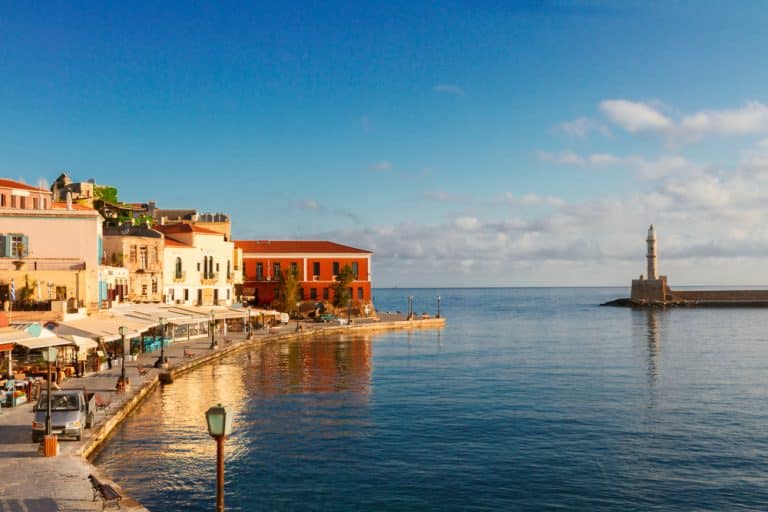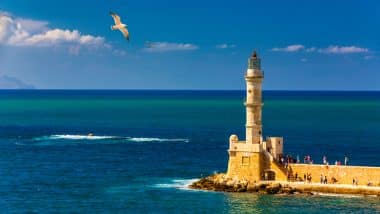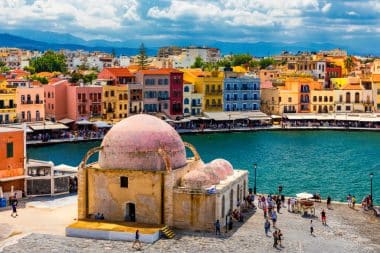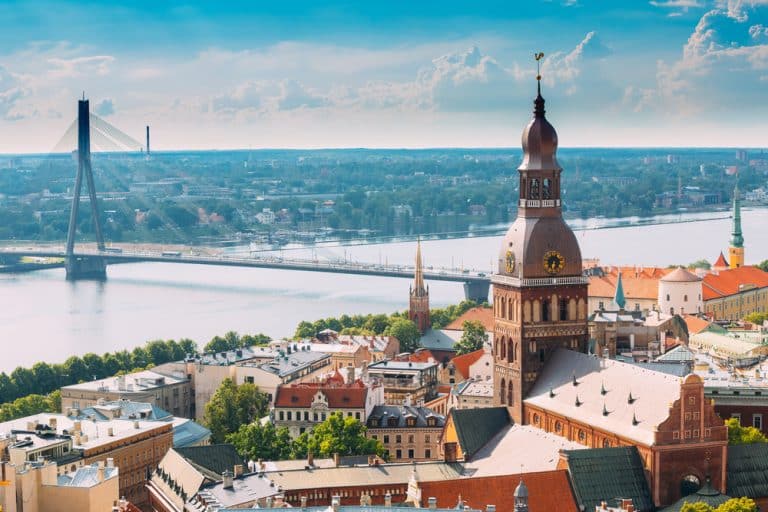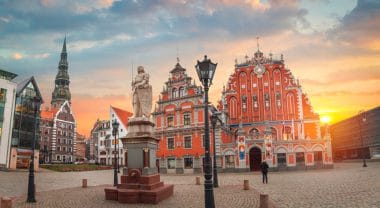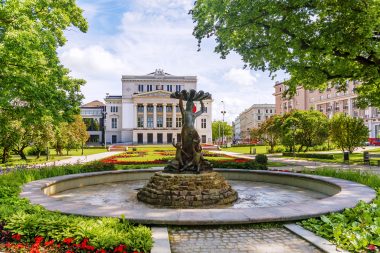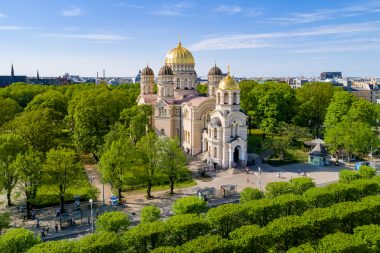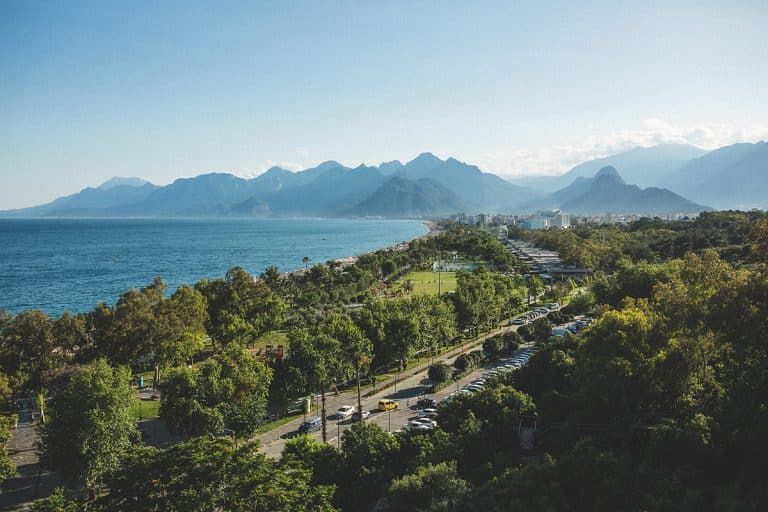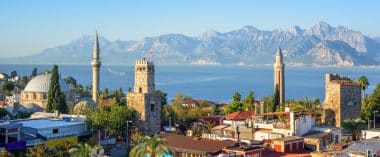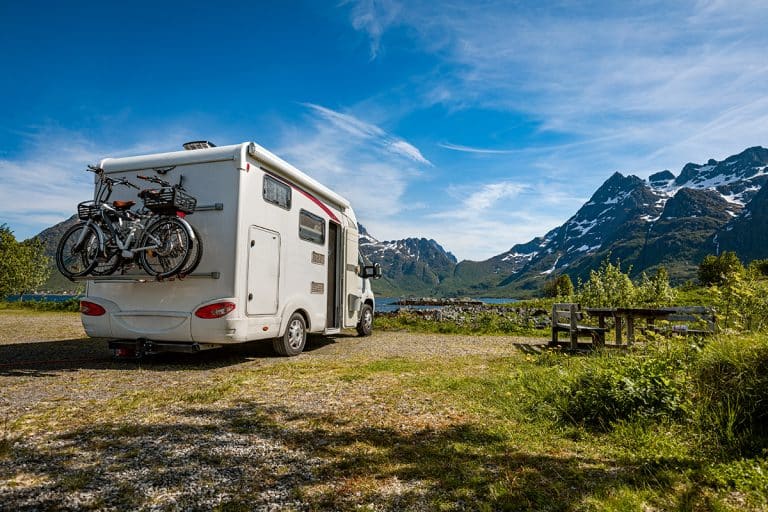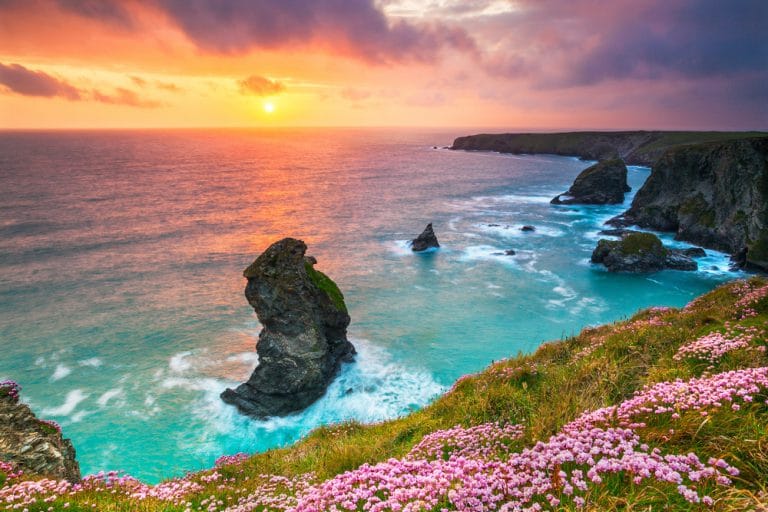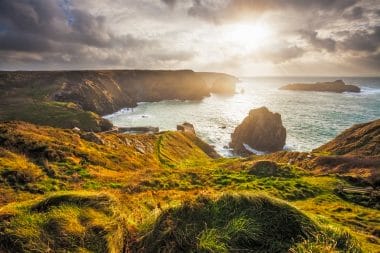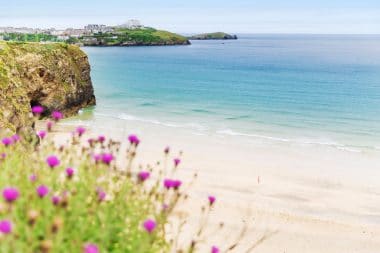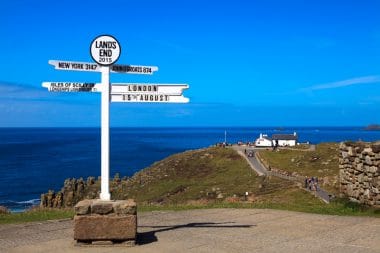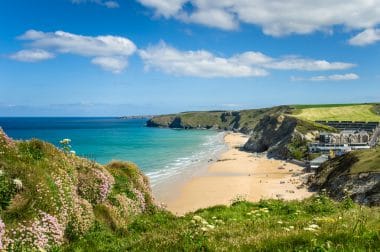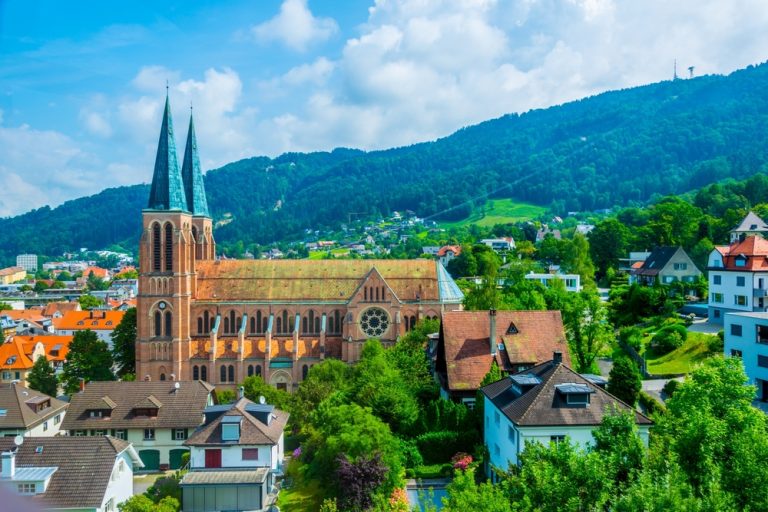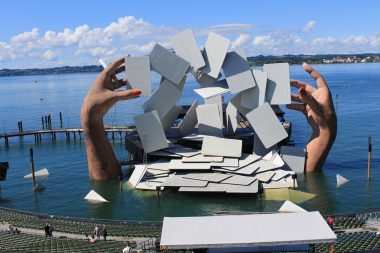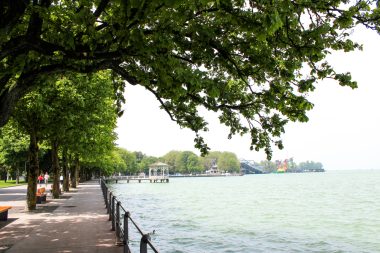In this day and age, planning and booking a holiday has never been easier. With a few clicks, you can explore destinations, compare prices, and make reservations. However, the number of holiday scams is also increasing.
Unscrupulous individuals and organized scam gangs have found creative ways to exploit unsuspecting tourists. But there are ways you can protect yourself against it.
Possible travel scams and how to protect yourself against them
Fake booking websites
One of the most common forms of digital travel fraud is the creation of fake booking websites. These sites mimic real travel booking platforms, making it difficult for unsuspecting travelers to recognize them as fake.
Cybercriminals often lure their victims with attractive offers, heavily discounted prices, and tempting vacation packages. They manipulate you to the point that you make a payment, but do not deliver the promised reservations or accommodations; in the end, you are left without accommodation and without money.
To protect yourself, always check the authenticity of a website by clicking on secure connections (HTTPS; key symbol in front of the URL in the address bar). If it is a website that is previously unknown to you, read reviews beforehand and make sure that the website is affiliated with reputable travel associations or organizations .
In addition, you can use a VPN (Virtual Private Network), as some providers have integrated the function of warning you about malicious websites and blocking them.
In addition, you can send your IP address with an online VPN and your data encrypted through a VPN tunnel. A VPN is therefore a good, universal tool for more privacy and security on the net.
Phishing and identity theft
Phishing is a technique used by cybercriminals to obtain personal information such as credit card details and other sensitive data.
In the context of travel fraud, the cybercriminals can send emails or SMS pretending to be from well-known airlines, hotels, or travel agencies. These messages often ask users to update their personal information or make an immediate payment to secure their bookings.
If you become a victim of such an attack, it can lead to identity theft and financial losses.
Therefore, never open links or attachments in email or SMS that come from an unknown sender. Even with supposedly known senders, you should be extremely careful and, if in doubt, contact the company or person and find out whether the message is authentic.
Holiday rental scams
The advent of platforms like Airbnb, which connect travelers with vacation rental homeowners, has opened up new opportunities for scammers. Fraudulent advertisements, fake photos and non-existent accommodations are now the order of the day.
Unsuspecting travelers book these accommodations, only to find out at their destination that they have been scammed. Some scammers even pretend to be owners and demand advance payments.
How to protect yourself: Use reputable rental platforms with reliable verification procedures and user reviews. Avoid upfront payments in the sense of bank transfers or payments outside of a platform, and be wary of offers that seem too good to be true.
If in doubt, communicate directly with the owners or managers, ask for additional photos or information, and verify the existence of the property through independent sources.
Social media scams
Cybercriminals create fake social media accounts and lure users with dreamy vacation photos and enticing promotional offers. They require prepayment for exclusive offers or holiday packages and disappear once payment is made.
In addition, social media is also used to collect personal information about people’s travel plans, which can then be used for targeted scams or break-ins.
Research and verify the authenticity of social media accounts before engaging with them. Be careful when it comes to sharing detailed travel plans or personal information about yourself publicly.



